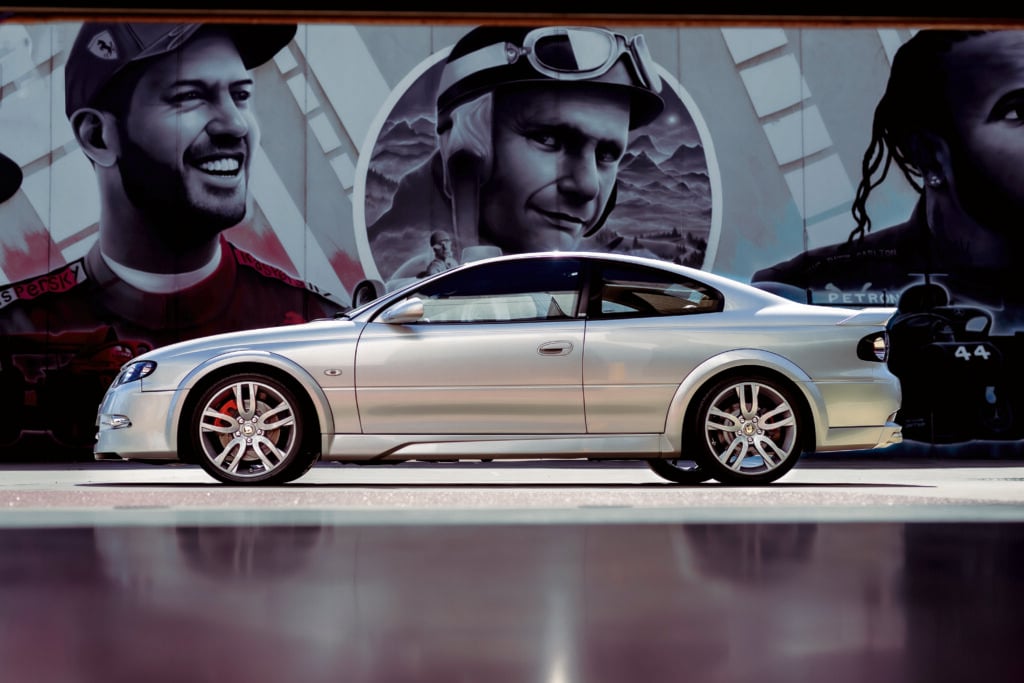Things we like
- Build quality
- World-class engine
- Aural theatrics
- Styling
Not so much
- Old-hat infotainment
- Interior design lacks cohesion
This is poetic. Recently I aimed a backhanded swipe at car-cleaning snobs and now I’m about to be smitten by the gods of detailing. I’m in an Aston Martin Vantage Roadster. More specifically, the car is in a no-touch laser wash machine in Moe and the mechanism is trying to write itself off. The car lurches and bucks as the gantry groans and warps into parallelograms.
I consider how the insurance claim for a car wash gone rogue is going to play out. Then it’s over. Normality resumes, the wash and wax spraying continues, and Victoria’s magnitude 5.9 earthquake activity subsides for another thousand years.
In a unique contribution to consumer journalism, I can confirm that there is little to no scuttle shake in the Vantage Roadster during moderate seismic events.
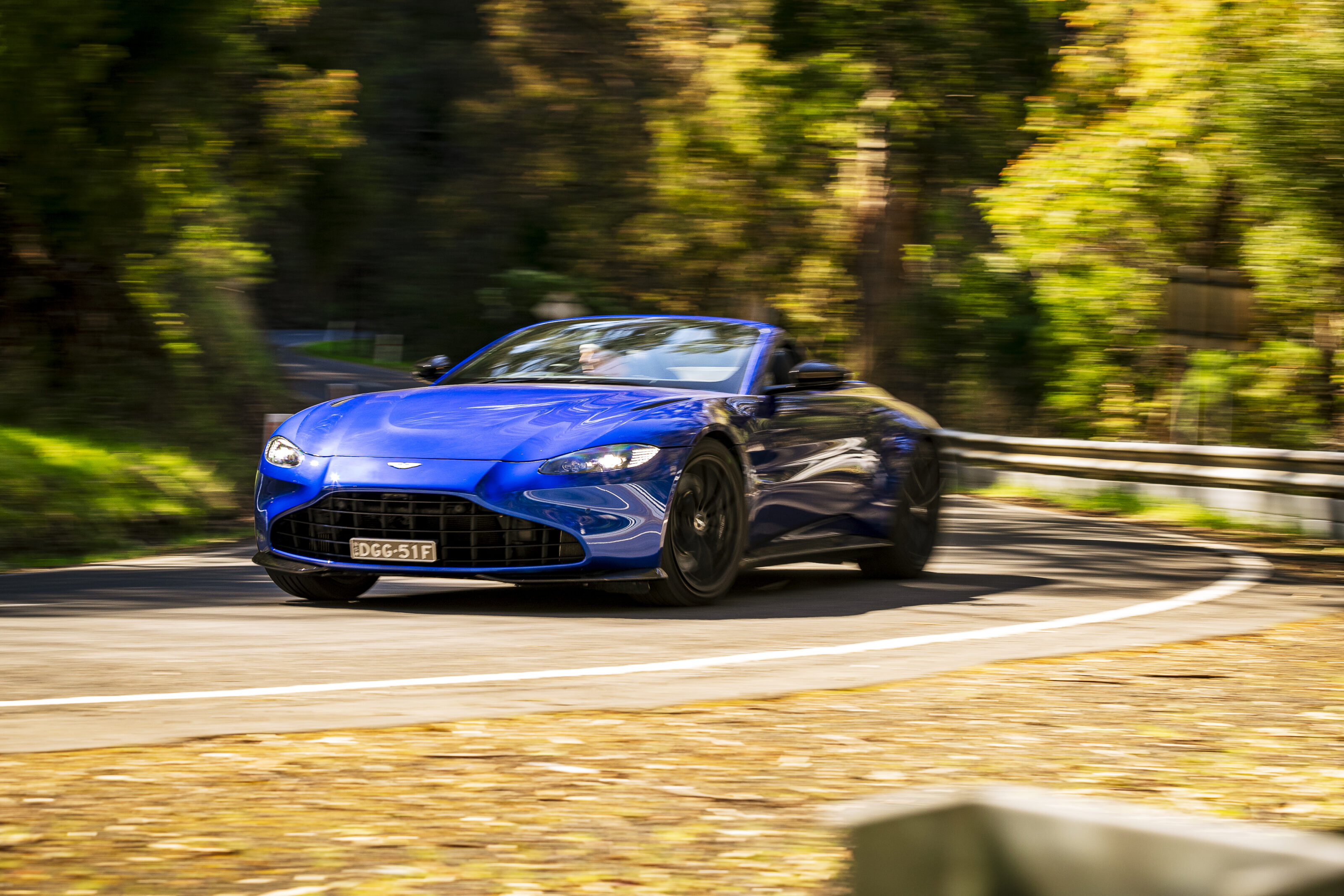
We’re en route to Walhalla, a tiny gold mining village nestled deep in the folds of the Dividing Range. The bitumen dead-ends there, so we’ll loop back on ourselves and then drop down into the Thomson catchment and finish up at the remote dam. On a weekday it’s a particularly quiet spot, perfect for stretching the legs of the Aston without bothering anybody else.
This is my first time behind the wheel of any version of the current Vantage, the Roadster being launched in 2020. This particular car nominally wears an RRP of $314,635, but with a restrained dabble through the options menu, this one’s carrying a price-as-tested of $384,036.
Taking that first figure into consideration, it significantly undercuts the $347,700 Porsche 992 Carrera GTS Cabriolet, and given that the 911 fronts up with 353kW and 570Nm versus the Brit’s 375kW and 685Nm, there’s some respectable bang for your big bunch of bucks with the Vantage.
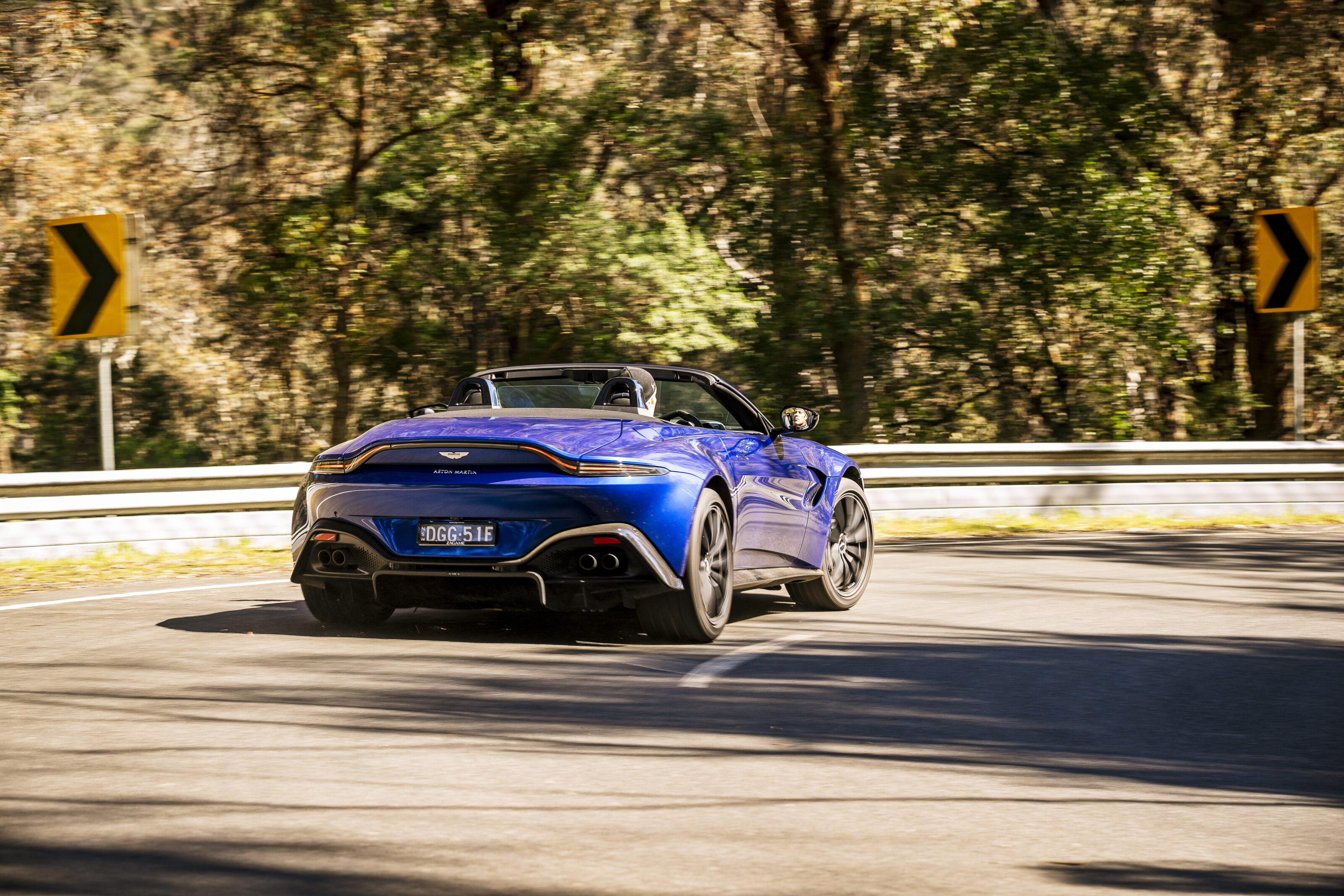
It feels conspicuous in Moe, the blue-collar coal town in the Latrobe Valley seemingly on tickover this morning. Cloud sits on the hilltops, dulling the Zaffre blue paintwork, but as soon as the sun peaks through, the colour erupts into a riotously extrovert dazzle.
The road out threads through the scruffy industrial suburbs and then reaches for the Baw Baw hills. It’s near-perfect for the warm 4.0-litre V8, with long bends and decent sightlines.
The Aston’s suspension can be set into three modes: Sport, Sport+ and Track. Then there’s a separate drive mode button which offers the same three modes for powertrain attributes, exhaust and steering. Now we’re out of town, I’ve switched it into Sport for the suspension and Sport+ for the rest.
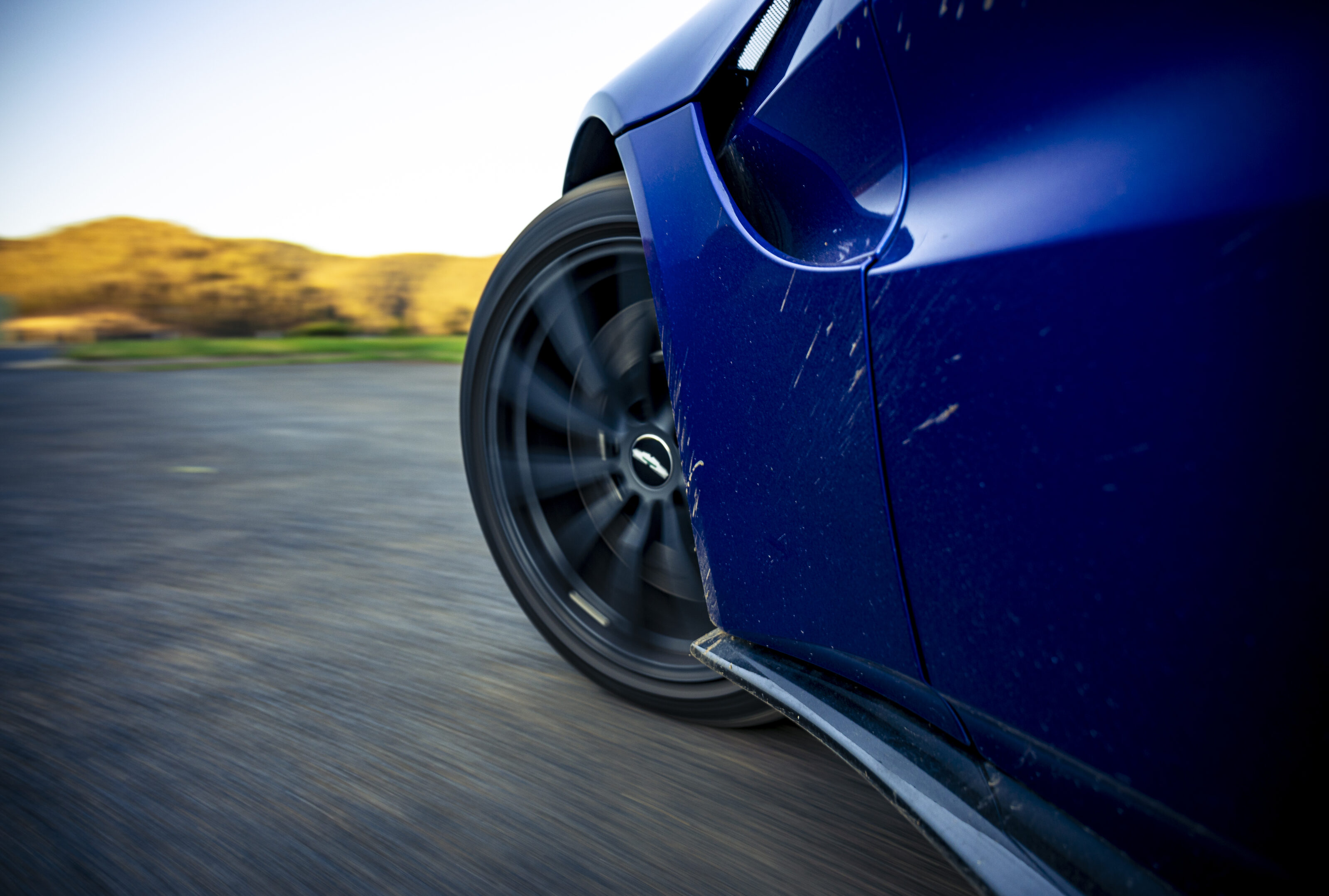
The AMG genetics aren’t too deeply buried, Sport+ and Track modes delivering a punchy pop-bang on sharp throttle lifts. With the hood down and plenty of rock walls lining the road as it climbs to the plantations around Moondarra, it’s a joy to carom the reports off one rock face and then hear it reflected back a second later from the other side of the valley.
The coding for the ZF eight-speed automatic is entirely too mannered in Sport, defaulting to seventh or eighth seemingly at the earliest opportunity, but Sport+ is a good deal crisper. Should you want to take control of the transmission yourself, just pluck one of the long column-mounted paddles and it’ll instantly switch into manual mode.
A long pull on the right-hand paddle then slurs it back into automatic. The paddles themselves are beautiful, cool-touch aluminium with a perfect curve to their obverse faces that you can hook a digit into.
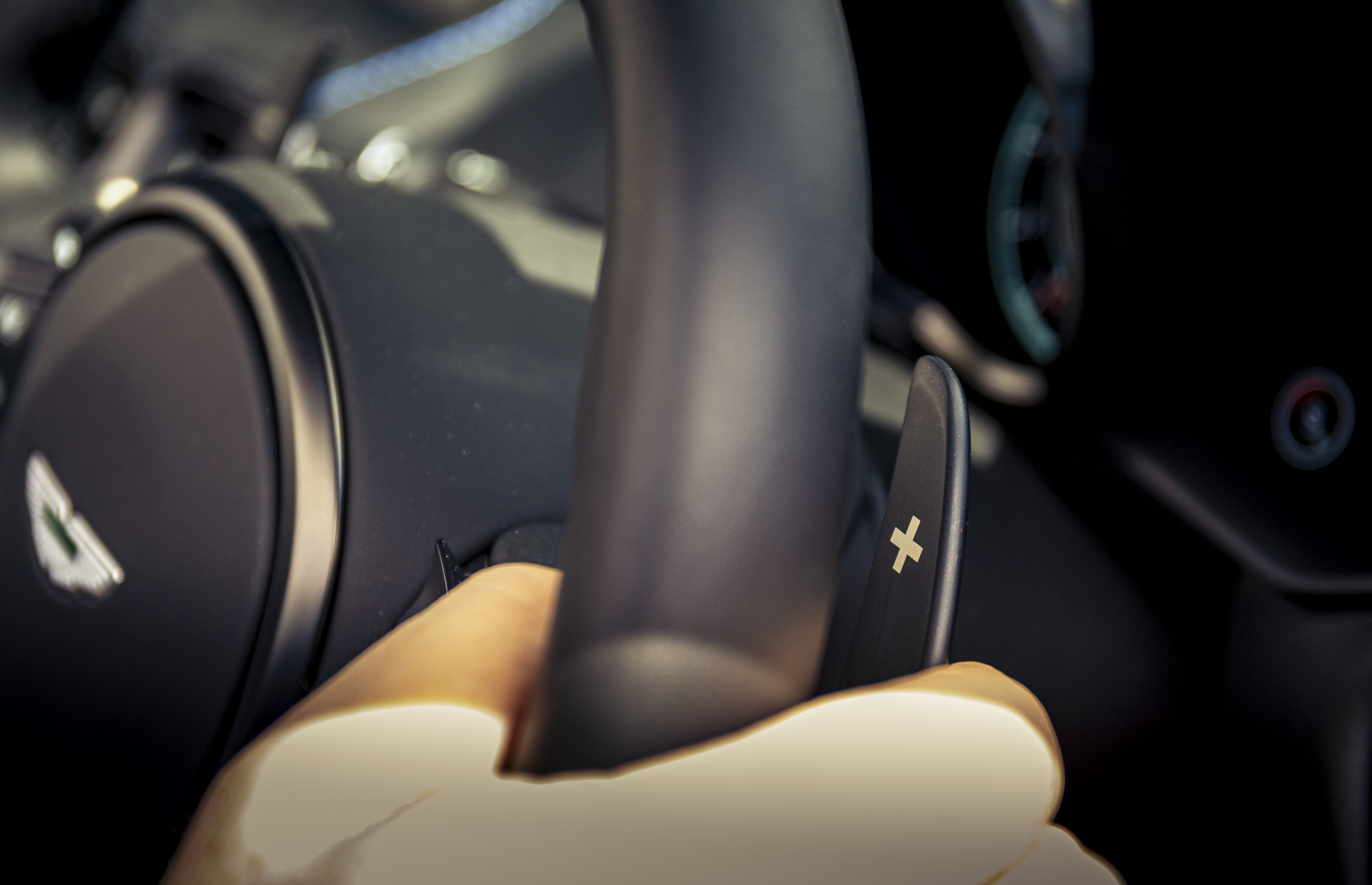
The initial impression is of solidity. That’s no bad thing. I’ve driven some fairly flaky Astons in the past, yet this one not only feels chunkily bombproof, but it also feels like an Aston Martin. Sounds trite, I know, but there’s so much AMG in this DNA that there was always the risk that the Vantage could have come off as a Brit with a decidedly German accent. That’s good. Not so clever is the rather vintage infotainment architecture.
The small screen that sits proud of the dash houses a system that would have seemed superannuated five years ago. There’s no touchscreen functionality and there’s no smartphone mirroring. While the COMAND-based functionality of what you do have is fairly easy to navigate via a touch pad and wheel, it has you starting to look for other areas where the Vantage is off the pace.
There’s no wireless charging pad nor head-up display. Should that matter? In purist terms not really, but details matter.
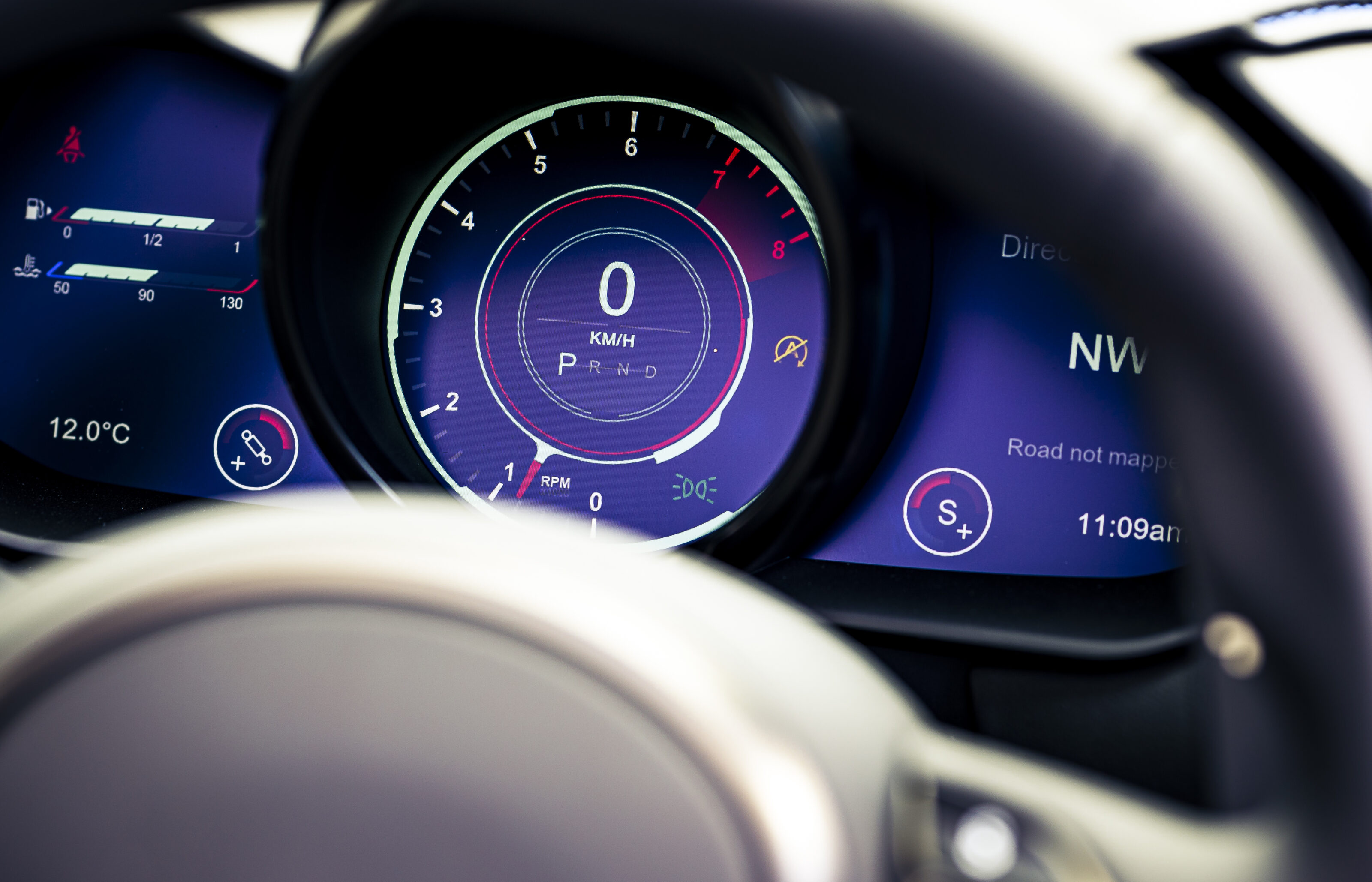
Aston Martin’s boss Tobias Moers knows this and it’s on his priority list. This Vantage wears the revised Vane grille rather than the old Hunter design and more updates are coming, fast. The manual transmission option has been ditched and a whole suite of changes are incoming for the mid-life facelift.
“In addition to design changes and functional improvements, the interiors will be totally reworked with up-to-date connectivity, enhanced digitisation and new assistance systems,” Moers said. “We’re also going to rethink the AMR sub-brand. The cars should be more dynamic in the way they look and drive.”
That last point is interesting. There’s no doubt that a Porsche 992 Cabriolet would be a faster thing on the backroads towards Walhalla, but would it be more rewarding? I’m not sure. The Vantage is a captivating thing, plenty fast enough to get you juiced on road yet civilised enough to offer something when you’ve kicked the pace back.
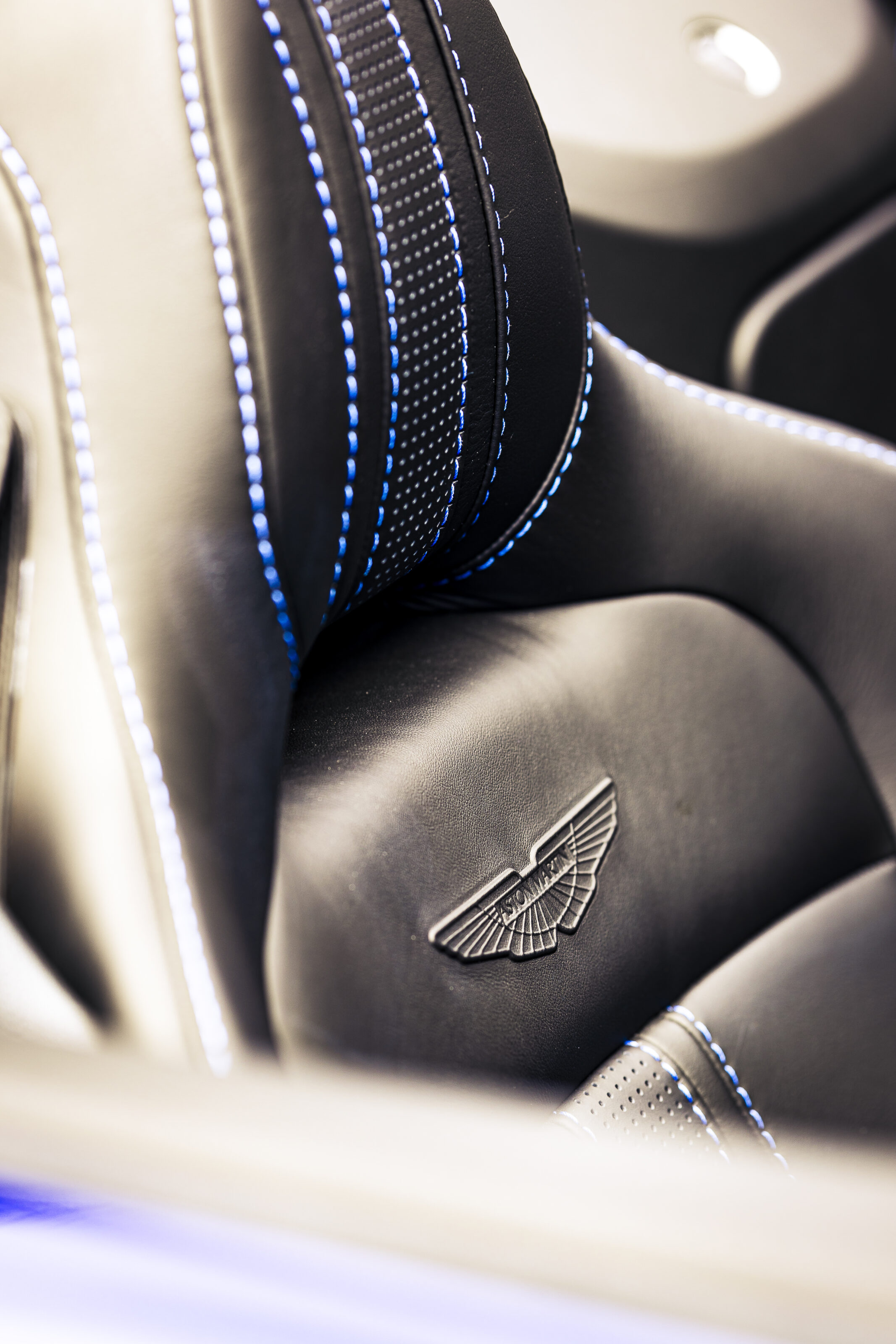
We find a quiet corner for some photography and scuttle the Aston through at moderate pace only for the front to ground painfully onto the bitumen as the camber fizzles. I’m mortified, ducking beneath the car to see where the piano black plastics now wear a crazy lattice of fine white scratches. It dents my confidence in the Vantage a bit.
Yes, the adaptive suspension was in its softest mode, but then the car was only travelling at around 50km/h. The dampers just couldn’t support the car’s nose on what looked like an innocuous corner at fairly pedestrian speeds. I think of the genius of vehicle attributes boss Matt Becker and wonder how such a shortcoming would have been signed off on his watch.
As the day goes on, the pace creeps back up and it never happens again. I’m prepared to give the Vantage the benefit of the doubt. Perhaps it was just a very curious piece of road shaping.
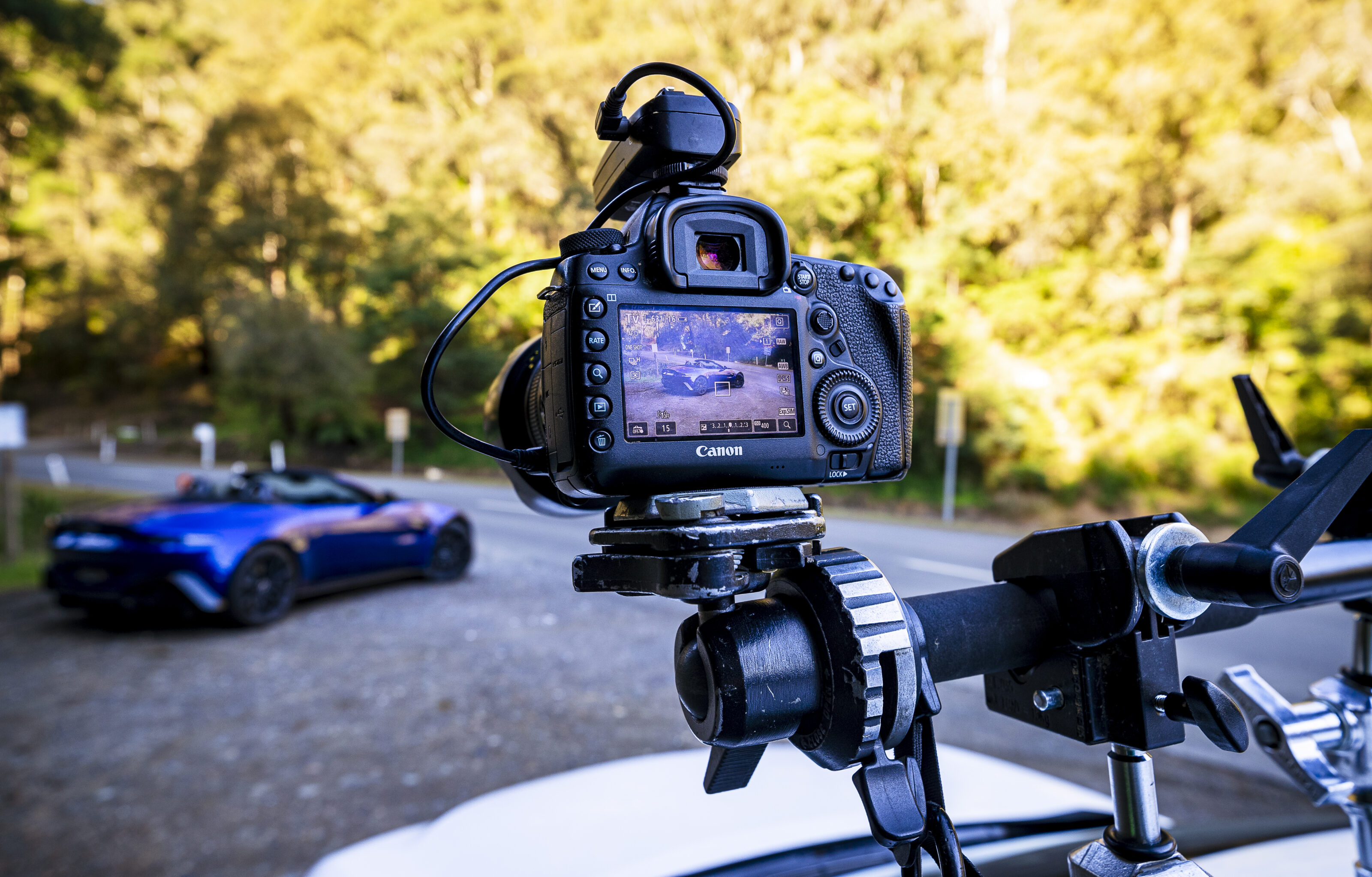
We pull into Walhalla for lunch. The village has had a bit of a tough time of things lately, having been hit by a landslide. Looking at the precipitous piles of mining tailings that sit on the other side of Stringer’s Creek, it’s hardly surprising. Edward Stringer himself wasn’t the luckiest of chaps.
The former convict was one of a group of four prospectors who first found gold here back in December 1862. Old Stringer staked his claim but died before he dug an ounce of gold out of the ground, posthumously being awarded the princely sum of £100 for the discovery.
In its heyday, Walhalla was home to 4000 gold-fevered miners. It was named after a productive mine, but in February 1863 prospectors William Myers and John Hinchcliffe found the motherlode, named Cohen’s Reef. The largest single gold seam in Victoria, by 1900 the reef had yielded 1.8 million troy ounces of gold, or around $4.4bn worth at today’s rates.

By 1919 it was all over, the cost of maintaining long tunnels and deep shafts slowly becoming uneconomic. The machinery that extracts the gold from the quartz-based ore was fired by wood-burning steam engines, and this monster was fed by denuding the local forests, timber tramways bringing wood in from further afield until the numbers just didn’t stack up.
Today Walhalla is home to around 20 permanent residents, with Stringer’s Creek occasionally yielding alluvial gold to the trippers who come to pan its gin-clear waters.
The train that once ran to Moe whistles in the valley below, steam marking its progress out of view beneath the dense ferns, stringbarks and cycads. Time to press on towards our destination, Thomson Dam. There’s a good deal of fundamental rightness about the Vantage’s dynamics. The chassis feels surprisingly rigid for a non-carbon topless car.

The steering weights up nicely in corners and isn’t overly afflicted by unnatural heft when you cycle through the drive modes. Pedal positioning is excellent and the brake pedal is easy to modulate. All of the basics are done well. Even the steering wheel, which looks so ungainly, with its squircle shape, is good to hold, encouraging a nine- and three-o’clock hand position.
Although it measures just 4465mm from stem to stern, with such minimal overhangs the Vantage features a long wheelbase of 2705mm. A Porsche 992 is comfortably longer yet its wheelbase measures just 2450mm, some 255mm less.
While this means that the Porsche always feels agile, the Aston feels planted and reassuring, telegraphing its intentions explicitly and when it does choose to swing its tail, it’s straightforward to gather back. There’s a benign feel to it that doesn’t dilute how exciting the car is to drive. It just feels onside and is a great fit for its target audience.
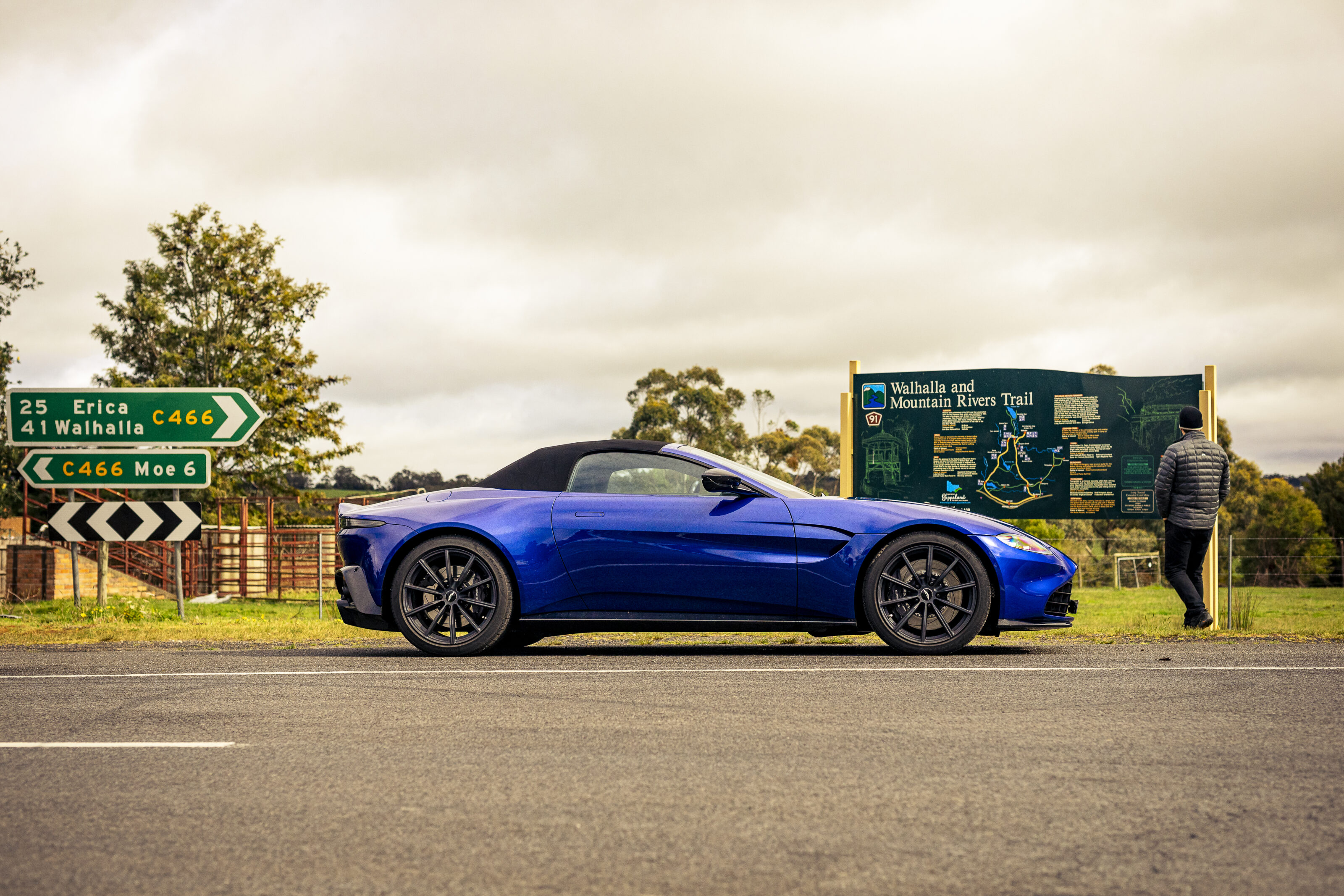
We know that this is not a ten-tenths sort of car. Moers is working on that. In order to succeed, the Vantage Roadster doesn’t have to cover too many bases. It needs to look good, sound good and feel like a quality product, and although many would argue that it’s not as pretty as its predecessor, I’d say it fulfils all three of those criteria.
Civilisation seems to end at Rawson. Beyond this tiny village the C481 becomes something very special, at first rollercoastering across lumpy plateaux under huge arcs of sky. Then the trees begin to knit their fingers overhead and the road changes.
Cast into deep shadow, the corners here are different. Water courses across the bitumen in places, while in others there’s a filmy green sheen of algae that never seems to dissipate. From the junction with the seemingly endless dirt of Baw Baw’s South Face Road to the Thomson Dam itself, the road cedes about 130m of altitude and packs a lot of challenge into just 15km.
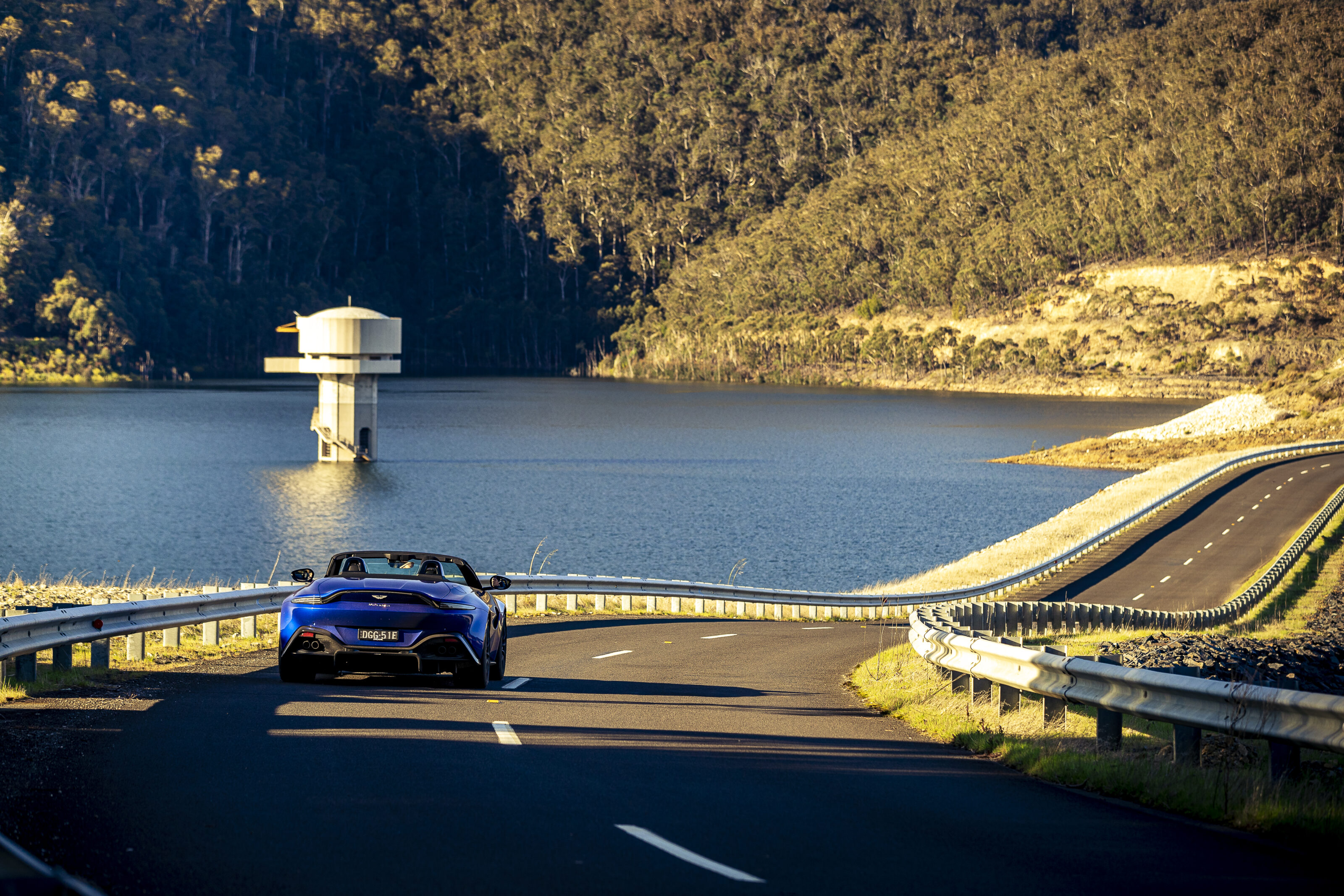
Blind crests enlivened by lumbering timber trucks, gritty corners that go on an on, demented cambers and a suicidal sub-population of lyrebirds are more than enough to keep you focused. Of course, everything feels a lot faster with the hood down. I’m no great fan of drop-tops, but there’s a magic to immersing yourself in the forest so intimately.
Pull over and the Aston’s idle stop system cuts in. After kilometres of wind buffeting and Affalterbach’s V8 exercising its top registers the silence is shocking. The forest is still. No wind, no birdsong, no insects. The absence of aural clutter seems alien.
It’s a good opportunity to consider the cabin while Ellen Dewar plays catch up. The interior architecture, while well screwed together, lacks the elegance and visual cohesion that Aston Martin is known for.

It’s a manic scatter of buttons, with that oddly shaped wheel and a pair of unexceptional air vents seemingly the central focal point of the dash. You sit low, with the waistline rising near your shoulders. It’s not a car you’ll lazily fat-arm around in.
The hood mechanism is very slick, operating quickly at speeds of up to 50km/h. It’s well insulated too, matched with double-glazed side windows, although such is the chubbiness of the door seals that you need to slam the door as if you’re a character from Grand Theft Auto if it’s not to sit half-catched.
Hood up, headroom is very good, but the rear three-quarter visibility is predictably catastrophic. The simple answer is to drop the top and revel in the sight of those broad hips in the rear view.
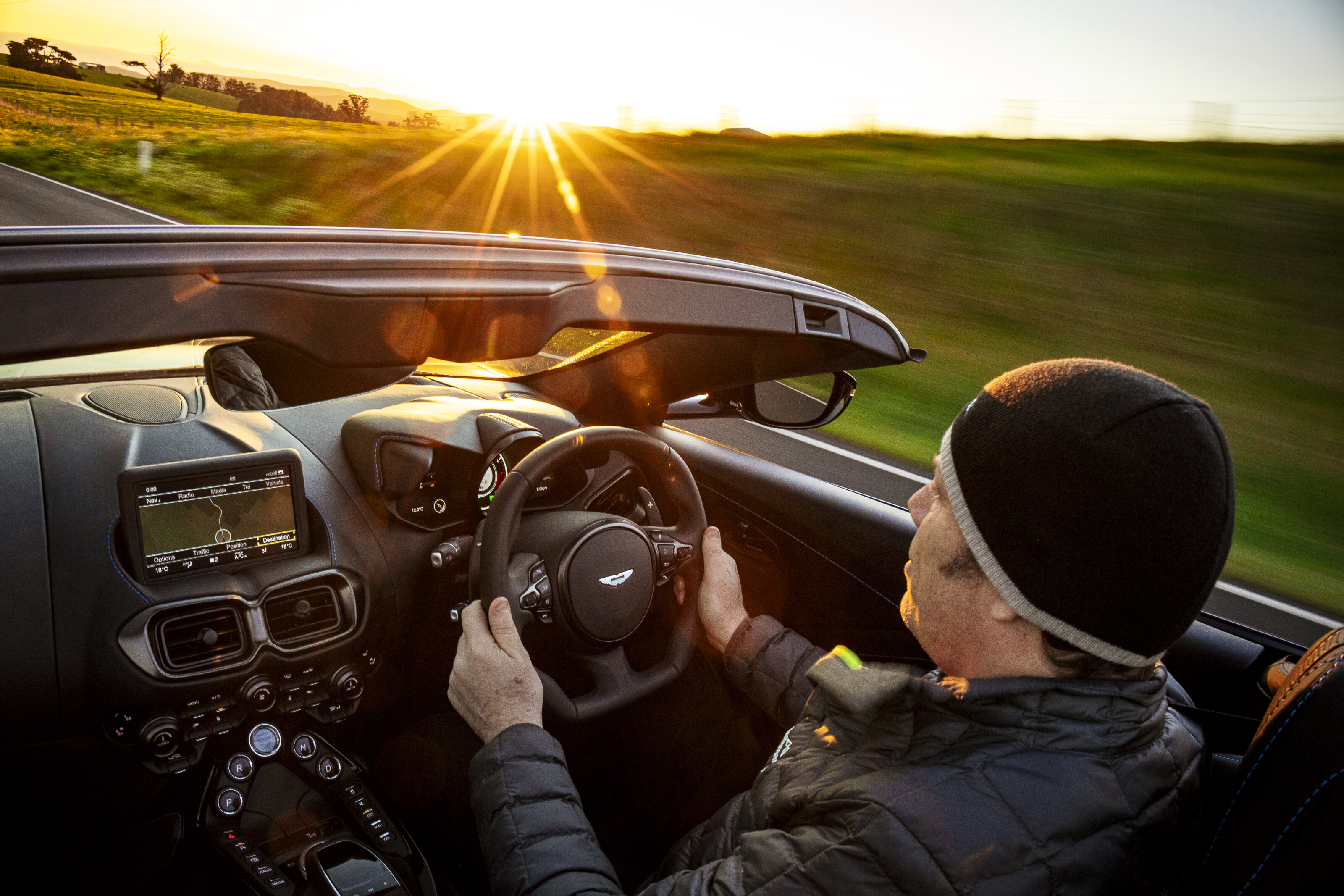
We roll down to the dam, past one bend where a Mitsubishi Verada has gone so far Burke and Wills that I wonder how its owner ever got back to the road without a machete and a rope. Bursting out of the woods onto the dam wall, there’s snow-dusted high country visible across the reservoir’s glinting waters.
The catchment looks healthy, the Thomson Reservoir making up just over half the capacity of Melbourne Water’s 10 reservoirs. The village of Rawson was purpose-built for construction workers on the dam, which opened in 1975 and barrages a body of water double the volume of Sydney Harbour.
The earth and rockfill dam looks more than substantial enough to withstand a magnitude 5.9 shaking. The Aston Martin Vantage Roadster feels only slightly less implacable. I didn’t expect to gel with this car, but despite its flaws it has an intriguing and endearing blend of qualities. A keeper? Let’s just call it a durable bond.
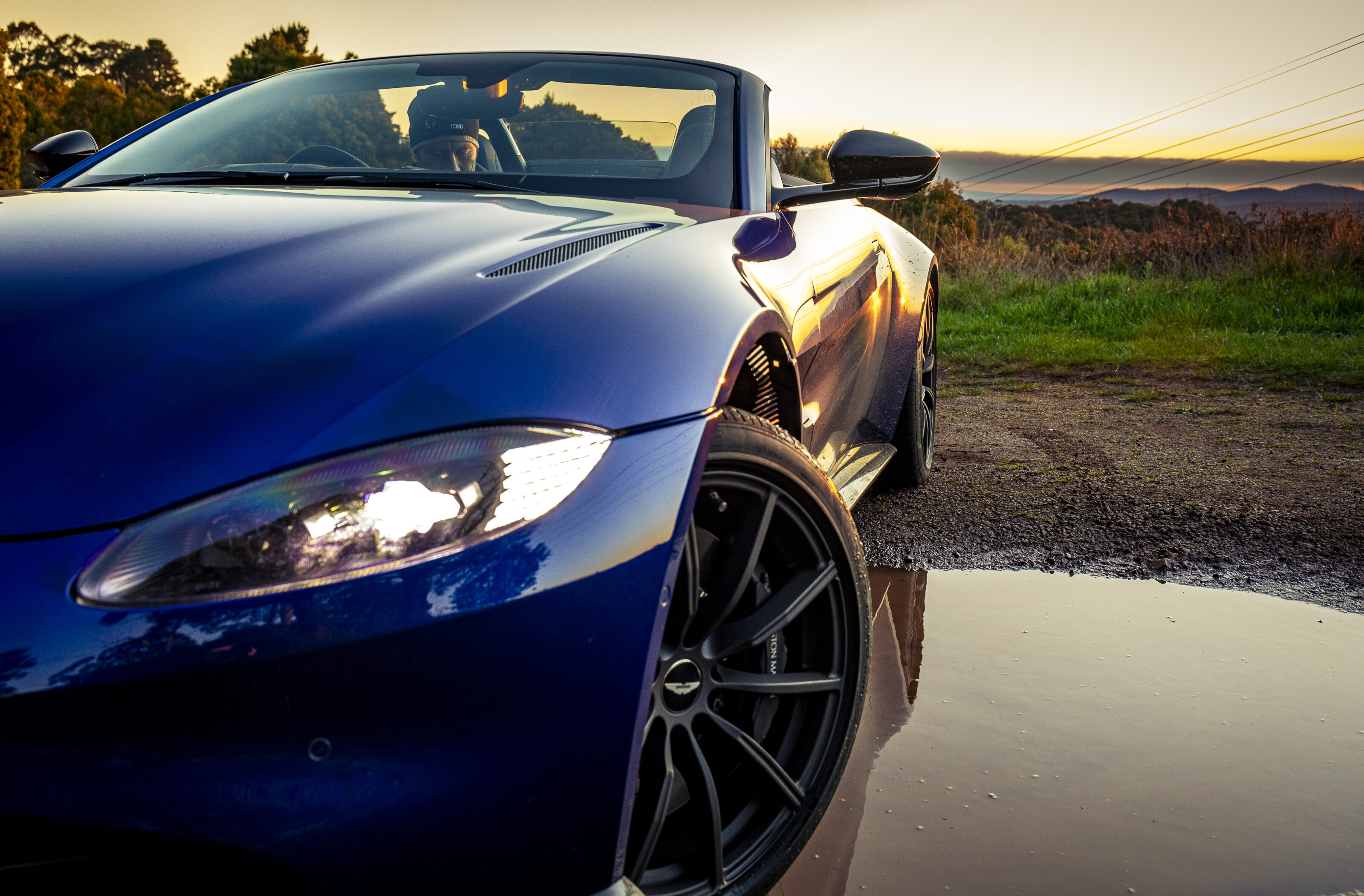
The route: 81 kilometres
THERE’s A BIT of everything on offer here: fast sweepers, tight hairpins and blind crests. Look for the long uphill left out of Moe. It’s a blinder. Go steady on the road to Walhalla, but you can open the taps a little more on the way to Thomson Dam. Look out for mud and debris dragged on to the road by logging trucks and be very aware that the road invariably gets wet and mossy towards the dam.
Aston Martin Vantage Roadster specifications
Things we like
- Build quality
- World-class engine
- Aural theatrics
- Styling
Not so much
- Old-hat infotainment
- Interior design lacks cohesion
We recommend
-
 Features
FeaturesCar vs Road – Mercedes-AMG E53 Coupe
Sea to sky with AMG's superboosted straight-six
-
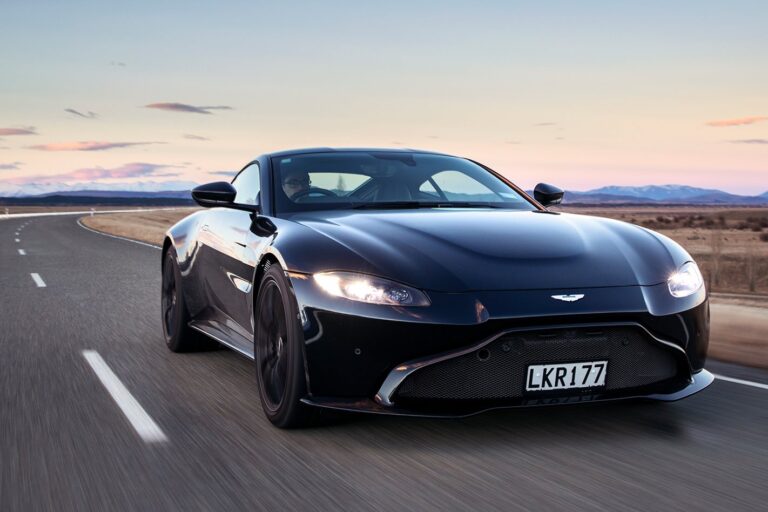 Features
Features2018 Aston Martin Vantage review: Car vs Road
From Queenstown to NZ’s tallest peak in Aston’s reborn Vantage
-
 Features
Features2018 McLaren 720S review: Car vs Road
Dusk ’til dawn on the Great Ocean Road in McLaren’s savage 720S




